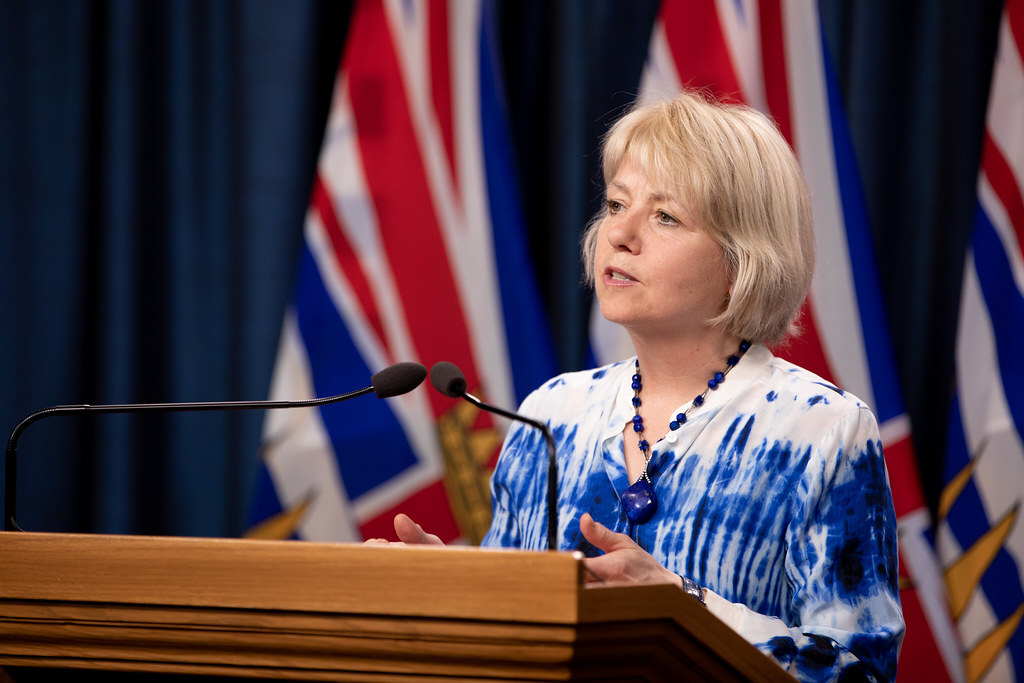Doctor Bonnie Henry has now limited the number of people allowed in your home to immediate family members and your “safe six”, but what does this really mean? WELL it starts with keeping the number of people you have close contact with very small at work, at school and in your leisure time.
“I know it would be helpful for many people to have clear black-and-white guidance of what to do, and many people have reached out to me for guidance on this. But when it comes to making a safe distance, It really is on a spectrum and it depends on our own situation and our own circumstances.”
At one end of that spectrum are the people you live with — your immediate family, partner or roommates. For those people, there’s no need for any restrictions on physical contact. Hugs and kisses are fine and should be given freely for the sake of everyone’s mental health, Henry said.
However, more care should be taken with anyone who is elderly or has a health concern that makes them more susceptible to the novel coronavirus, she added.
The next step across the spectrum is the “safe six” that health officials have been pushing in recent weeks. It means a group of six friends or extended family members that is consistent for everyone involved.
“For your safe six friends, closer [than two metres] is OK, but not physical contact, so no hugging and kissing with those friends,”
Slightly closer proximity can also be OK for colleagues and classmates you see daily in structured work and school environments, as long as you take care to sit next to the same person consistently, according to Henry.
If you work in an environment with a larger number of people, however, it’s important to keep more of a distance from your co-workers. At the far end of the spectrum are strangers.
“For people you don’t know or see regularly, maintaining that two metres is incredibly important. If you’re outside, it’s less risky than being inside. If you’re inside and you can’t maintain those two metres, that’s where it’s incredibly important to wear a mask,”



